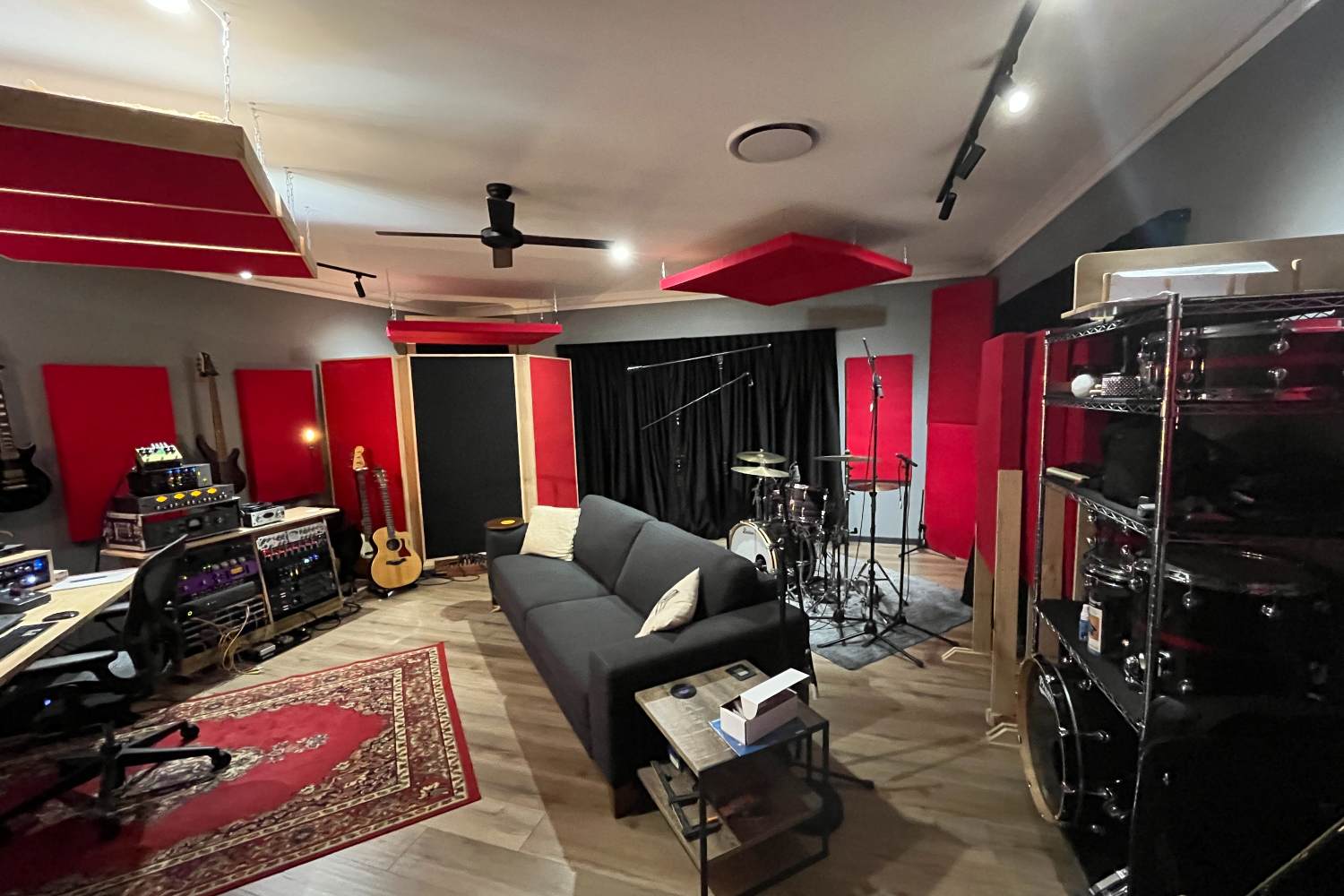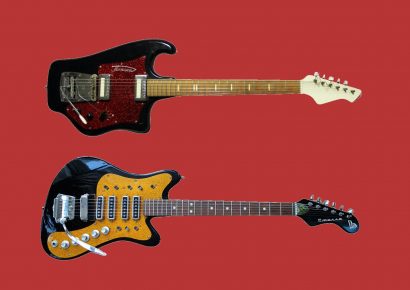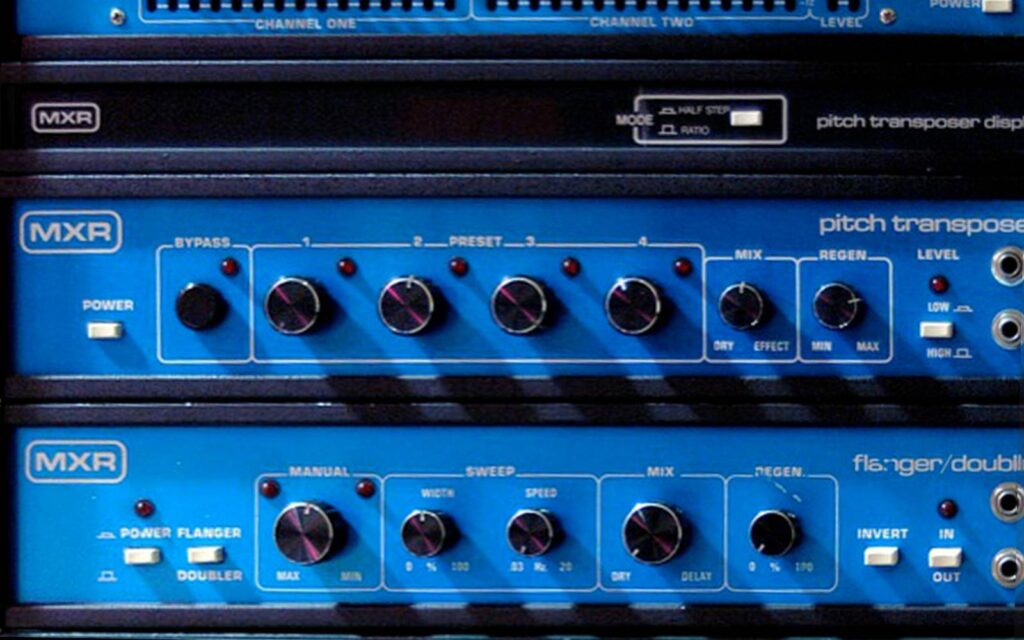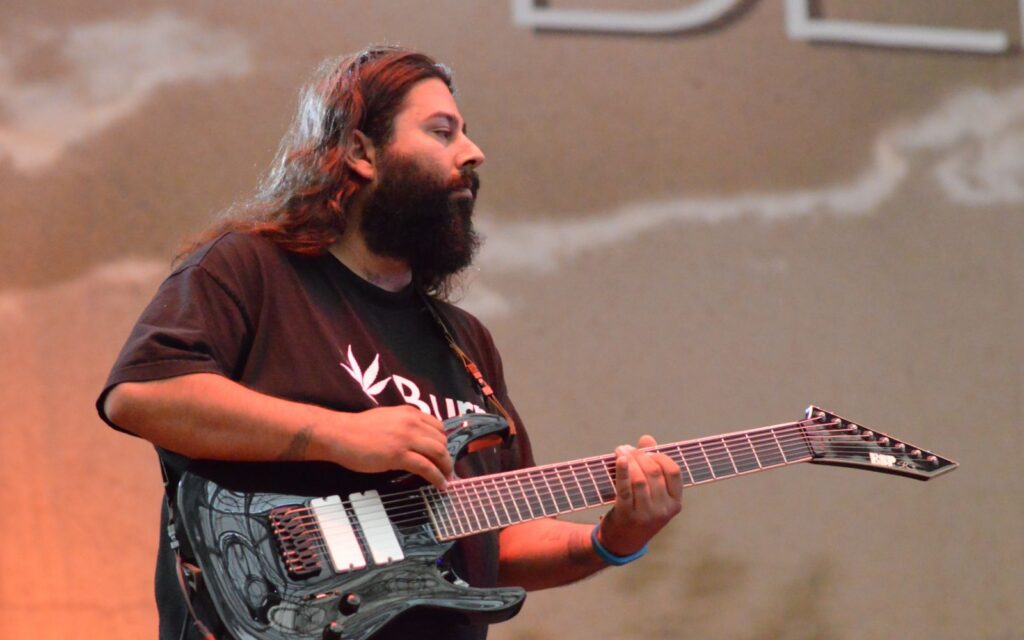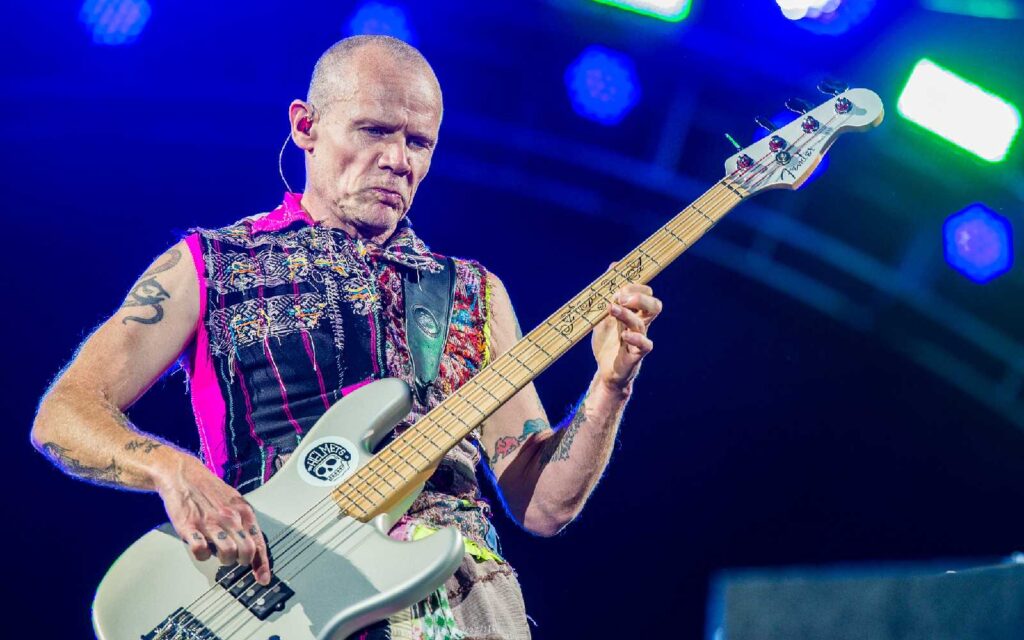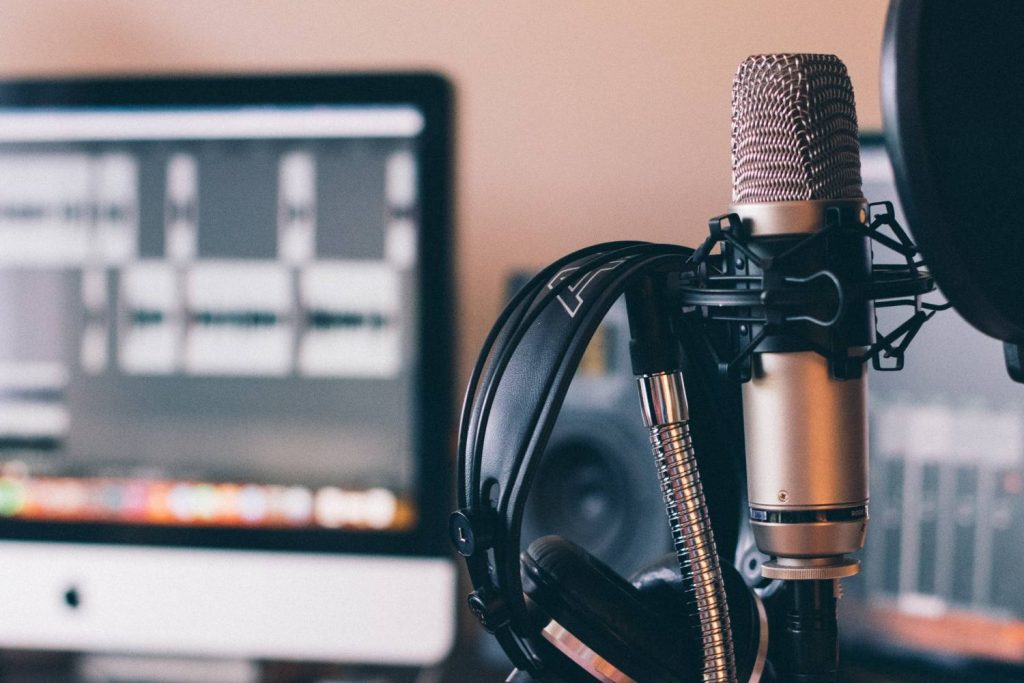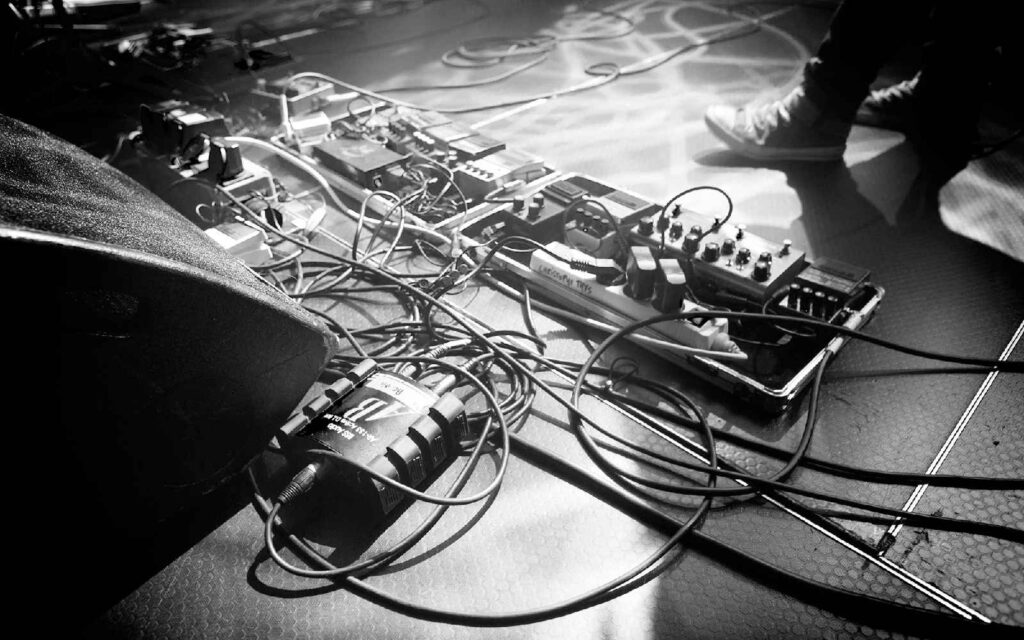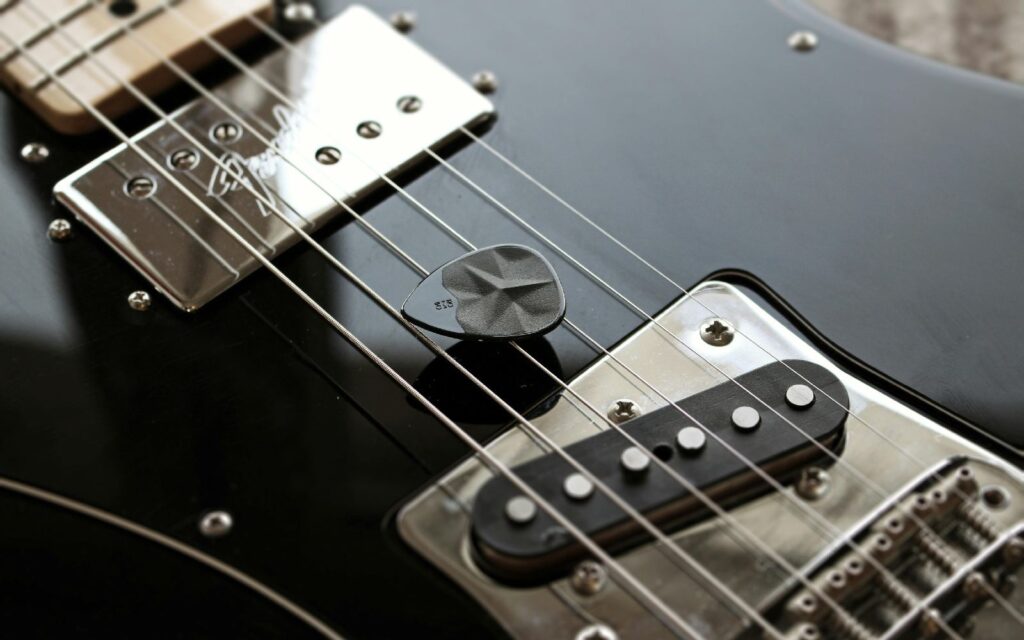Studio essentials you'll need to level up
Are you looking to level up your studio space to get the best results for your investment? Is your aim to build your studio into a space where you’re working and producing full time?
Investing in the right tools to begin with will give you the potential to deliver great sounding results. This attracts more clients, enabling you to build your production credits and ultimately, your career.
Read all the latest features, columns and more here.
This week we visited an industry professional who has been there and done just that. We asked what gear they valued the most and what studio essentials and tools they relied upon to get the professional results they were aiming for.
Advising us on this topic is Jared Adlam, who works full time as a producer/engineer from his studio based in the Gold Coast hinterland. Jared has built Machine Lab Studios from the ground up over the last five years, building the space along with his skillset as he went.
Since graduating from the Queensland Conservatorium’s Bachelor of Popular Music program he has built an impressive space with a nice producer’s toolkit. Jared has engineered, produced, and mixed in genres from country rock to progressive metal. His body of work has amassed over 10 million Spotify streams, ARIA charting singles, and production credits for a Golden Guitar winning album.
Starting out
So where do you start when it comes to building your toolkit? We asked Jared about what he couldn’t do without if he had to strip back his studio and his suggestions for where to begin when it comes to building your own producers toolkit.
“Most people are only recording one or two sources when they start out. I definitely recommend that you need a high-quality preamp and in my opinion a high quality compressor to begin with. I can do without EQ on the way in,” Jared suggests.
“I started out with a 500 series lunchbox and a Neve 1073 module, plus two Capi VP26 preamps. The Capi preamps are based on a vintage API design from a 70’s API console. This gave me the ability to do vocals through the 1073 and a stereo pair with the Capi preamps” Jared suggested.
“I also don’t think that there has been a vocal that I haven’t run through an Empirical Labs Distressor on the way in since I started the studio. I just have it set at a 3:1 ratio, with a medium attack and medium release time. This gives me between 5 and 7dB of compression to smooth out the recording on the way in. This is something I couldn’t live without”.
Essential mixing tools
The conversation then turned towards mixing tools and this was the next stage of the studio’s initial development.
“The next purchase I made, thinking back to what I first bought, was actually that bus compressor that I have on my mix bus. It’s a TK Audio BC1-S, which is an SSL style bus compressor, but it has a couple of great additional features like a high-pass filter and wet-dry blend which is really cool.”
Jared then suggested the addition of an SSL-style bus compressor as part of his studio essentials toolkit and something that he couldn’t live without.
“The range of things I have now is relatively eclectic. I have a bunch of things that either don’t exist in-the-box, aren’t as good in-the-box, or they offer a different flavour. I can mix totally in-the-box, but when I run my mix through my API 5500 EQ, the SSL-style bus compressor and then the Retro Revolver Stereo Vari-Mu compressor, which is like a modified ALTEC from Abbey Road, I get so much more life in the mix.
“I’m hardly compressing it really, but the tube affects the transients and I find that the kick, snare and vocal just sit a lot nicer in the mix somehow.”
This element of his studio is part of the studio essentials toolkit list and on Jared’s list as something that he recommends to anyone wanting to improve their production outcomes. “If I was starting again with the knowledge that I have now, from a mixing standpoint I’d be purchasing processing for my master bus, but also making sure that I have a decent channel strip for tracking.”
Bringing it all together
The discussion then turned to the overall studio workflow which had changed considerably over recent time with a move to Pro Tools HD Native converters, with the studio previously centred around the Universal Audio Apollo 8, utilising the plugins and virtual preamps available in that system.
I then asked if Jared was using more out-of-the-box tools these days, simply because he had more available. “I’m using more outboard preamps these days, as before I was running some hardware and some Apollo preamps. I don’t know if i’m imagining it, but I feel like everything sounds better now. I feel like I’m getting a lot more of the flavour on the way in.
“It’s the old school way really, but because I’m dialling it all in when tracking I’m quite happy to mix in-the-box and just run my vocal chain and my master bus chain into my outboard gear, rather than trying to run my guitar and drum busses out as well. I feel like I’m getting a lot more character overall.”
The bottom line
Purchasing decisions early on in your studio development can most certainly make an impact on your production outcomes. Our recommendation is to spend time researching what you’re investing in to make sure you’re getting a return on your investment.
Investing in some key production tools for your studio will strategically allow you increased potential and improved performance outcomes. Industry magazines, forums, and other producers are a great source of information and advice for informing your planned progression in the industry.
Get in touch with Jared here. For advice on setting up your home studio essentials, head here.
